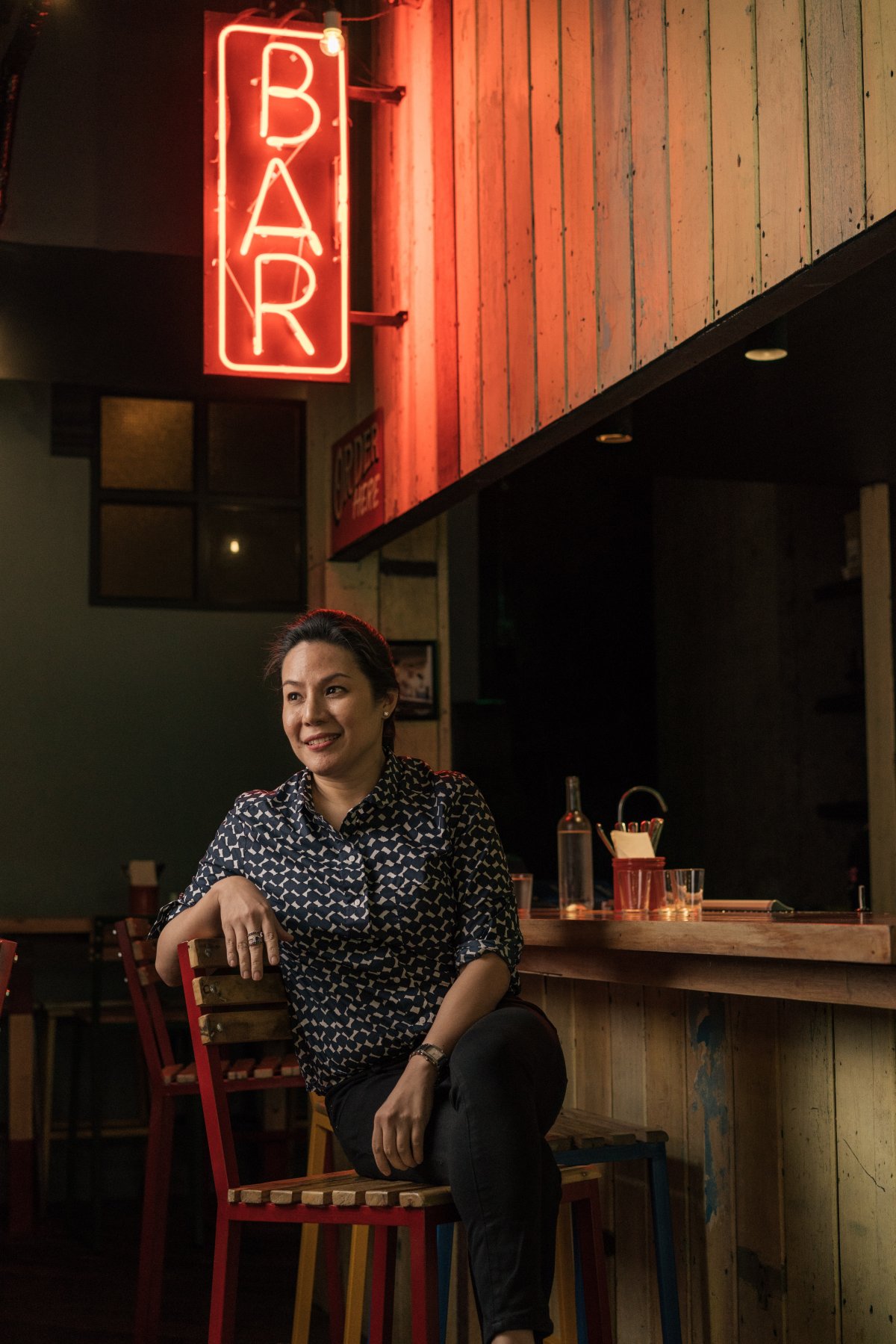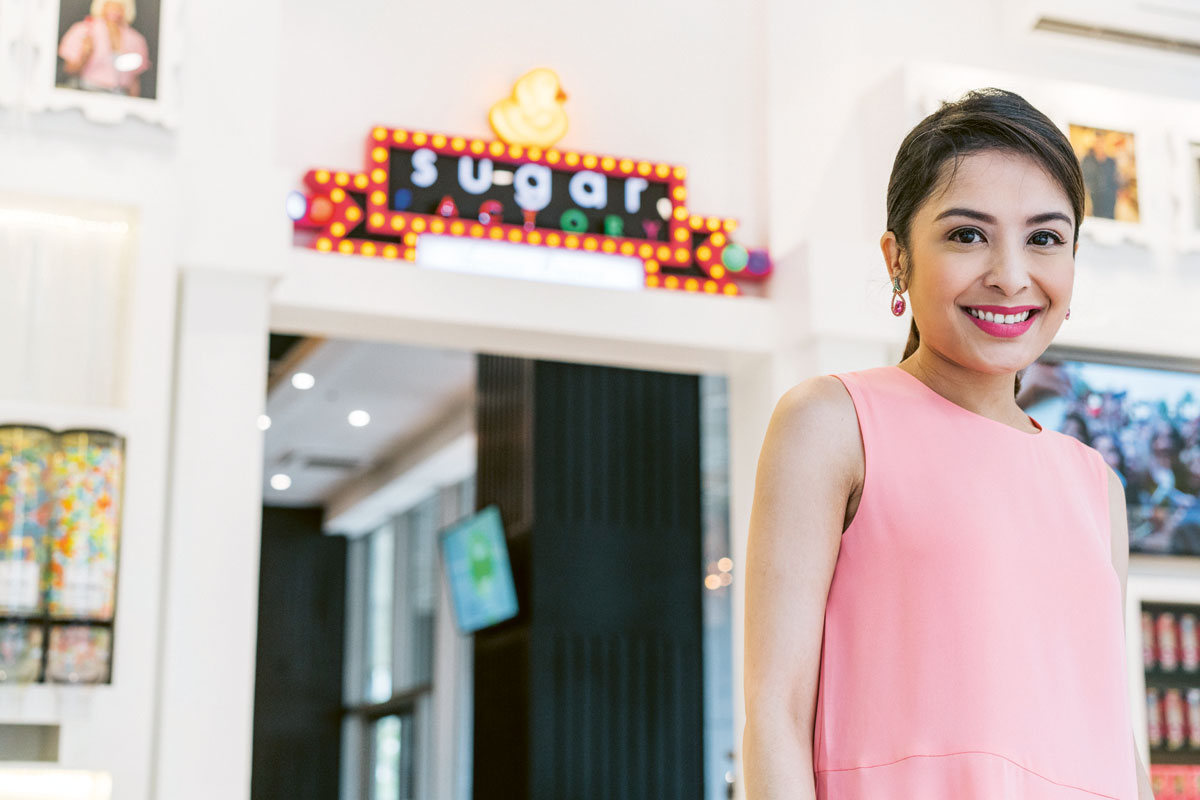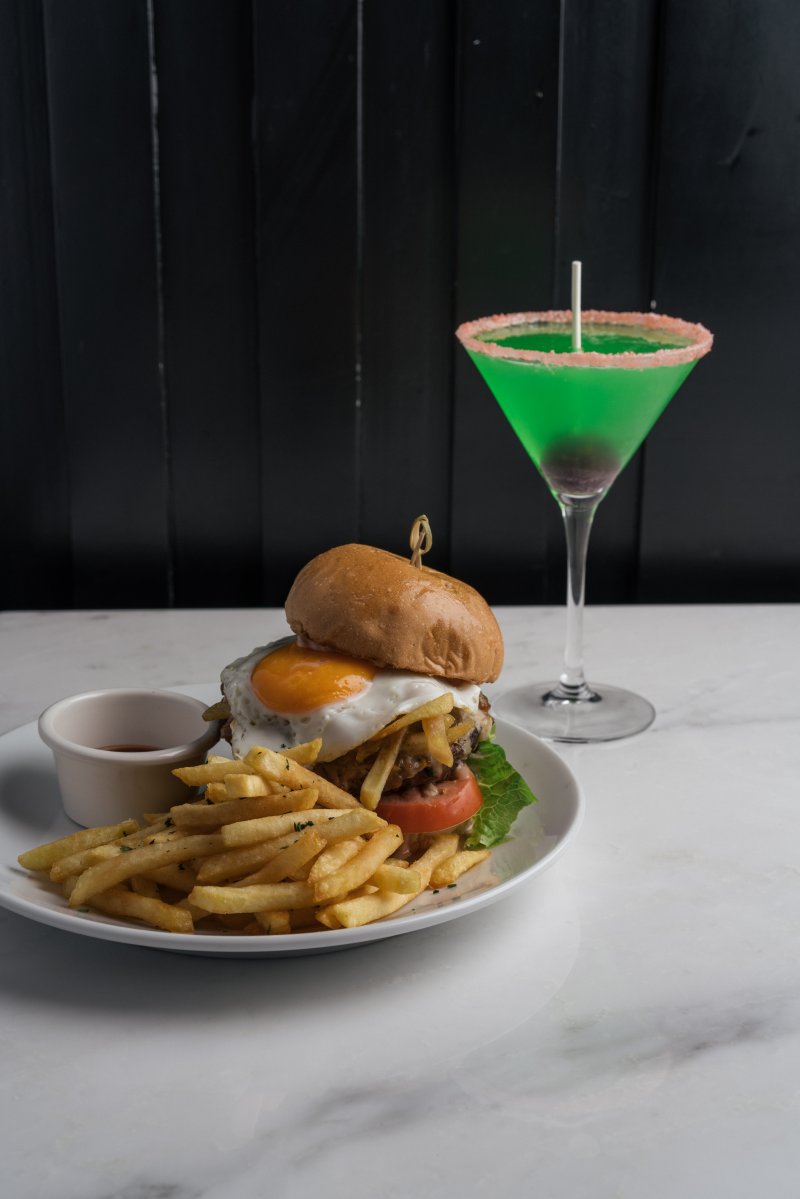Mexican tacos, Vietnamese pho, and Hawaiian poké may have had to do a lot in stirring excitement in the Manila food scene. But while they may have easily stood out from the pack and made their presence felt, another culinary trend made a silent killing. It may not have made a lot of noise and gained much fuss and following compared with the others, but what it was successful in accomplishing—unlike the rest—is longevity.
If there’s one food many Filipinos continue to delight in, it would have to be American cuisine. From fried chicken sandwiches and hotdogs to classic donuts and whimsical milkshakes, our patronage for the stars and stripes is undeniable. And proof of this is the establishment of a number of big food franchises hailing from the US.
Common ground
Amy Palisoc, vice president for business development at The Bistro Group, acknowledges our affinity for anything American since we have a strong connection with it. We have all become so familiar with American culture and lifestyle that naturally favoring American food has become second nature.
“We love everything American,” she says. “This is evidenced even by the success of our American brands, with these being the ones that have the highest contribution to our profitability. At 22 years, TGIFriday’s is still our highest income earner,” Palisoc reveals. Through the years, it has been the burgers, salads, and baby back ribs that have remained the highest sellers for the family-friendly brand. It’s a tried-and-tested theory and that’s why the restaurant group finds comfort in bringing over American brands to our shores. The continued success of Italianni’s, Village Tavern, and Buffalo Wild Wings support and reinforce its business direction.
In 2016 alone, the company launched three promising stateside concepts: Moe’s Southwest Grill, a Tex-Mex cantina offering customizable burritos and tacos; Texas Roadhouse, a steak place known for its big servings in keeping with its namesake state; and its most recent franchise, 24/7 diner Denny’s.
We have all become so familiar with American culture and lifestyle that naturally favoring American food has become second nature.
Apart from serving all-time favorites and familiar fare, Denny’s also serves nostalgia, especially for those who have traveled abroad and found themselves being brought to the generations-old restaurant that can cater to customers any time of the day. Consider Palisoc to be among them. “I guess it is a common experience for many Filipinos to be brought to Denny’s directly from their flights because it is one of the restaurants that are still open by the time they arrive,” she muses.
“This has created a sort of connection for our local market, so they were very eager to try it out when we opened.” There is also a millennial connection, as the brand is eager to push its celebrity connections with stars such as Katy Perry and Daniel Radcliffe making a pitstop for their sammies on late-night food runs.

In any concept, American or otherwise, there are certain factors that the group looks for when it comes to franchises. “The food has to be good, the concept has to be well accepted, and the people behind it should be easy to talk to. This was the reason why launching concepts like Denny’s has been successful in the Philippines. When I talk to them, I make a presentation where I highlight the population, the growth potential, and the situation of the F&B industry in the country, including the rise of resorts and casinos and this helps encourage them.”
She says that even though they already have many brands under their group, they will continue to bring in new franchises in the coming years. “We will continue to grow as long as there is potential.”
Taking comfort

Ana Lorenzana-de Ocampo attributes the Filipinos’ affinity for American food to the fact that a lot of us choose it as a destination for long vacations and are therefore more familiar with it. “US brands that have been there for a long time have already been tested, there is a market for it and there is less risk than bringing in something that nobody has heard of. Besides, our palate is more American than anything and we have grown up with a lot of stuff from America.” In the fourth quarter of the year, she opened Pink’s Hotdogs.
“We decided to bring it in because we believe in the product and think that it is a fit for the market. Filipinos like hotdogs; it is one of our primary comfort foods. What we did with Pink’s is to bring hotdogs to another level with more elevated ingredients,” she explains.
For one, the experience is different, as Pink’s in the US is for curbside eating while in Manila, de Ocampo’s guests can dine in the comfort of an air-conditioned room. The product names are different too, as they had to make it easier for the Pinoy customer to make a choice. Pink’s menu in the US taps into the Hollywood culture with names such as the Charlie Chaplin, while here, she and her team found it easier to call a wasabi-flavored and nori-topped sausage a Japanese Dog for easier recall and branding.
“We believe in the brand, it has been time-tested because it has been around since the 1930s. We have learned a lot from them, too. We know a good hotdog, but we had no idea what a perfect hotdog would be, so it would be totally different from creating something on your own,” says Ana Lorenzana-de Ocampo.
Her challenge with Pink’s is that the hotdogs follow the formula and yet are made fresh in the Philippines. The wieners are not frozen and shipped from the US, and it was a challenge to offer the exact same thing given the availability of ingredients. She is happy that they were given the trust and freedom to operate by the owners, even though it was the latter’s first time to venture overseas.
“We believe in the brand, it has been time-tested because it has been around since the 1930s. We have learned a lot from them, too. We know a good hotdog, but we had no idea what a perfect hotdog would be, so it would be totally different from creating something on your own.” Her expertise from the other two brands comes in at other aspects, as they make their own hotdog buns and their own ice creams and sodas. “A hotdog bun is easier to make than a baguette,” she smiles.
Celebrity culture

In the US, The Sugar Factory (Editor’s note: The Sugar Factory has permanently closed) is a tourist destination, one where people would line up for to go inside and have their pictures taken. This is driven by the culture of celebrity, as the brand’s ambassadors include the Kardashians and Britney Spears, who have launched their own line of blingy lollipops. This is what April Pascual experienced for herself as a tourist trapped in a New York snowstorm. “One of my brother’s friends took us out for dinner and when we were told we were going to The Sugar Factory, I initially thought it would be about desserts. When we got there, we were served pink champagne and liqueur candies. I was hooked.”
She decided to bring the experience to Manila, and made a cold call through email. “I had no idea I was already corresponding with the owners but when I talked about the Philippines and told them how much we like American brands here, with the presence of the larger chains, they considered us.”

They only opened recently, but she has already noticed a difference in the clientele. “Here, we have families, parents have their spiked drinks while their children run around all hopped up on the sugar. That way everyone is happy,” she grins. The school kids walk in with their parents to try out the selections of candies on display on one side of the restaurant and the parents realize that there is also real food available. Come 10 p.m., the shop dims the lights and the brunch and dinner place takes on the characteristics of a lounge. “It is all about educating the customers that we are more than just a candy store,” she says.
She talks about the American vibe that Filipinos have learned to imbibe, where they place importance on having fun, freedom, and positivity. While everything follows the template that they set in the US from the black and gold interiors to the studded chairs, she also plans to mesh a little bit of the local culture in. “We are given about 20 percent space to maneuver around in and we plan to include a Filipino breakfast on the menu with fried rice. However much we love American food, we still look for our homegrown favorites.”
With fine dining dipping, the American diner concept couldn’t have found a better time to be on trend than now. We may have gone through a taco phase this year and ramen and tonkatsu before that, but it seems like at the end of the day, after satiating our momentary cravings, we still rely on burgers and fries for unquestionable satisfaction. We are creatures of comfort, after all.





